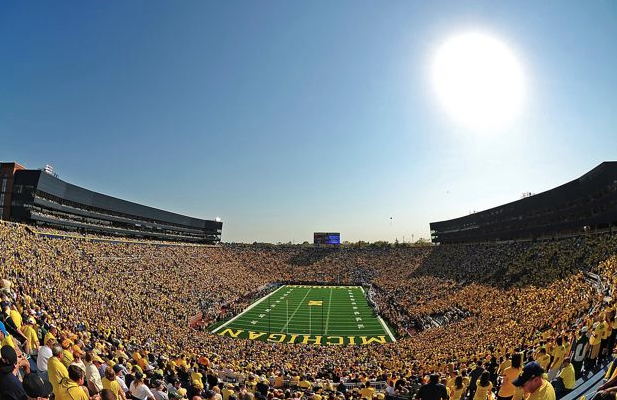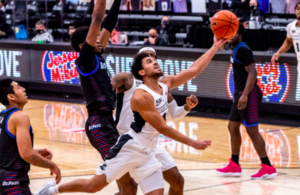- Friarbasketball.com has Moved to Substack!
- Season in Review: Jared Bynum
- Season in Review: Noah Horchler
- Digging in on Al Durham
- The Friar Podcast is a Must Listen
- PC vs. Xavier in 5 Minutes
- Defense is Failing Providence This Season
- UConn/Providence Video Preview with Kevin McNamara
- Jeff Battle and David Duke DePaul Presser
- Noah Horchler Emerging for the Friars
Around the Web: Big 5 Autonomy
- Updated: August 7, 2014

We knew this day was coming. Earlier today, the NCAA’s Board of Directors voted to give autonomy to the “Big 5” FBS conference and Notre Dame. Expect to hear how this is a positive for college athletes… except those in Olympic sports that could likely be dropped as a result of these changes.
Here are a few solid reads to help explain this change.
ESPN: “Autonomy set to benefit athletes”
On this day, the NCAA voted that the strong shall inherit the earth.
Autonomy is a deftly chosen word. It means self-rule, and if you hear it and think of the downtrodden rising to smite their oppressors, then the spin of the Mike Slives of the world has achieved its goal. In fact, this is the haves saying to the have-nots, “Enough already.
Seton Hall’s Athletic Director Pat Lyons shares how this could impact his school and the Big East.
Obviously we’re in a changing landscape of college athletics. Today is a watershed moment where college athletics as it existed in the past is going to change. The question becomes, How much will it change? We know today what’s being talked about—cost of attendance, food issues that were approved recently. The bigger question is, Where else is this going to go?
NBC Sports: “How new Division 1 structure affects college hoops“
How many programs outside the Power 5 conferences legitimately compete with the Power 5 conferences for recruits? How many can consistently land top 50 and top 100 caliber talent? The top half of the American, the top half of the Big East, the top half of the Mountain West, for starters. Toss in VCU, Wichita State, Gonzaga, and BYU as well. That’s, what, 20 schools, max? In other words, Davidson is still going to be getting the same kids. Saint Mary’s is still going to be getting the same kids. Saint Louis, George Washington, Central Florida, Colorado State. Those programs are still going to be looking for the right fit that falls throughs the cracks.
AP Story: “NCAA board approves new structure“
Representatives from the five richest leagues — the ACC, Big Ten, Big 12, Pac-12 and SEC — will hold nearly twice as much voting power (37.5 percent) as any other group on a newly created council, where most legislation will be approved or rejected. The five other Football Bowl Subdivision leagues would account for 18.5 percent while the second-tier Football Championship Subdivision and non-football playing schools would split up another 37.5 percent of the vote. Athletes and faculty will account for the rest.




You must be logged in to post a comment Login